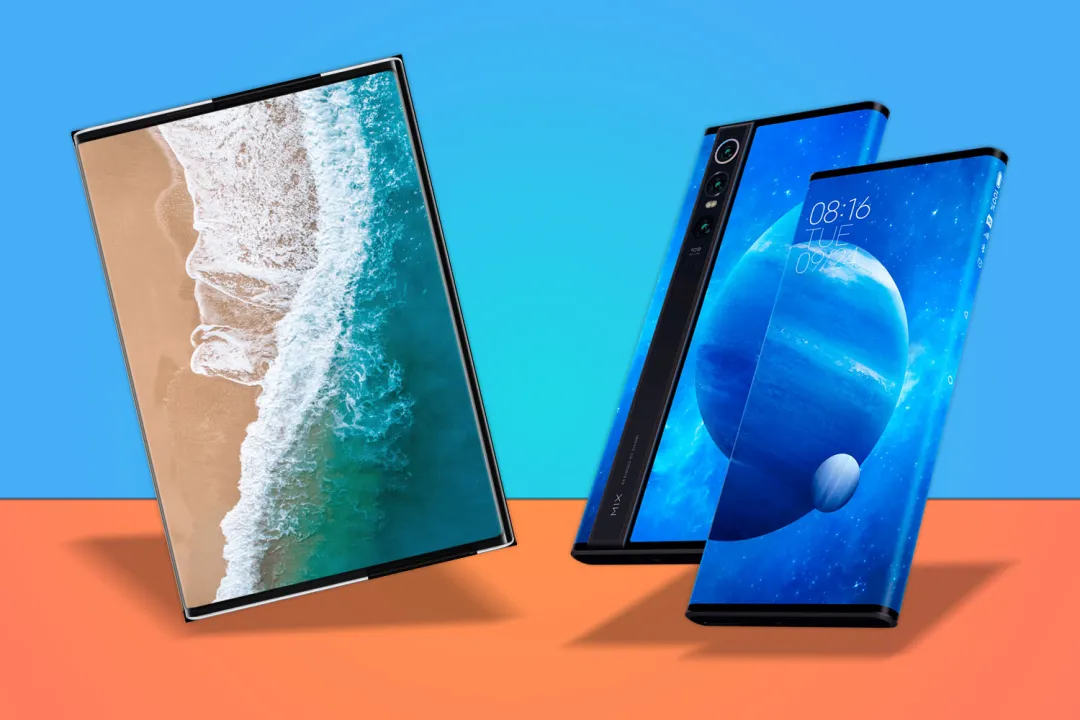Remember that time I was cruising down the highway in my beat-up old sedan, feeling like the king of the road, only to have a deer leap out like it was auditioning for a wildlife thriller? Yeah, that fender-bender taught me the hard way why solid insurance isn’t just a checkbox—it’s your financial lifeline. Whether you’re insuring your daily driver or that weekend RV escape machine, understanding vehicle insurance can save you headaches and cash. In this guide, we’ll dive deep into everything from car basics to coverage for motorcycles, boats, and more, sharing real tips, stories, and insights to help you navigate it all with confidence.
Understanding the Basics of Vehicle Insurance
Vehicle insurance isn’t just about ticking off state requirements; it’s your shield against the unexpected twists life throws at your wheels. From covering repair bills after a mishap to protecting against theft, it keeps you rolling without draining your wallet. Think of it as a safety net that evolves with your lifestyle, whether you’re commuting in a compact car or towing a boat for family adventures.
What is Vehicle Insurance?
At its core, vehicle insurance is a contract where you pay premiums to an insurer who agrees to cover certain losses related to your ride. It includes protections for damages, injuries, and liabilities that could arise from accidents or other incidents. For cars and other vehicles like RVs, policies can be tailored to fit specific needs, ensuring you’re not left high and dry when trouble strikes.
Why Do You Need It?
Beyond legal mandates in most states, insurance safeguards your finances from skyrocketing repair or medical costs that could derail your budget. Imagine totaling your motorcycle on a scenic ride—without coverage, you’re footing the bill alone. It’s peace of mind, especially for families relying on multiple vehicles, turning potential disasters into manageable bumps in the road.
Types of Insurance for Your Car
Car insurance comes in various flavors to match your driving habits and risk level, from bare-bones liability to full-blown comprehensive plans. Choosing the right mix depends on factors like your car’s value, how much you drive, and even your credit score. It’s like picking a suit—tailored just right, it fits without pinching.
Liability Coverage: The Must-Have Foundation
This covers damages or injuries you cause to others in an accident, up to your policy limits, and is required in nearly every state. It’s the bare minimum to keep you legal, but skimping here could leave you exposed if claims exceed your coverage. From my buddy’s fender-bender story, where liability saved him from a lawsuit, it’s clear this is non-negotiable for responsible drivers.
Collision and Comprehensive: Protecting Your Wheels
Collision pays for repairs after you hit something, like another car or a guardrail, minus your deductible. Comprehensive handles non-crash issues, such as theft, vandalism, or hail damage. Together, they’re ideal for newer vehicles, ensuring you’re not out thousands if Mother Nature or a joyrider decides to play rough.
Personal Injury Protection (PIP) and Medical Payments
PIP covers medical bills, lost wages, and even funeral costs for you and passengers, regardless of fault, in no-fault states. MedPay is similar but sticks to medical expenses only. These are lifesavers in serious crashes, as I learned when a family member’s minor accident turned into weeks of therapy—PIP made recovery less stressful.
Uninsured/Underinsured Motorist Coverage
This kicks in if you’re hit by a driver without enough (or any) insurance, covering your injuries and vehicle damage. It’s crucial in areas with high uninsured rates, preventing you from paying out-of-pocket for someone else’s negligence. Picture this: a hit-and-run leaves your car dented— this coverage steps up like a trusty sidekick.
Insurance for Motorcycles: Riding with Confidence
Motorcycle insurance mirrors car coverage but accounts for the unique risks of two wheels, like higher injury potential. Policies often include guest passenger liability and custom parts protection. It’s not just about the bike; it’s about protecting your passion for the open road without financial worries lurking around every curve.
Key Coverages for Bikers
Bodily injury and property damage liability are standard, covering what you might cause in a crash. Add collision for repairs and comprehensive for theft—bikes are prime targets for thieves. From my own close call on a rainy ride, having roadside assistance included was a game-changer, towing me home without extra hassle.
Factors Affecting Motorcycle Premiums
Your bike’s make, your riding experience, and storage location all influence rates—garaged bikes often cost less to insure. Safe rider courses can slash premiums too. It’s funny how proving you’re not a speed demon can save you money, turning responsible habits into real discounts.
Covering Your RV: Home on the Road Protected
RV insurance blends auto and home policies, safeguarding your mobile abode from road hazards and campsite mishaps. It covers everything from engine failures to interior damage. For full-timers living in their rigs, it’s essential to treat it like a primary residence for comprehensive peace.
Essential RV Coverages
Liability protects against accidents, while comprehensive handles weather or animal damage. Vacation liability covers injuries at your campsite. My cousin’s RV trip turned sour with a busted awning from wind—his policy’s emergency expense coverage meant a hotel stay didn’t break the bank.
Discounts for RV Owners
Multi-vehicle bundles or anti-theft devices can lower costs, and full-time users might qualify for homeowner-like perks. It’s rewarding how bundling your RV with car insurance feels like getting a two-for-one deal, especially for weekend warriors.
Boat Insurance: Smooth Sailing Ahead
Boat insurance protects against on-water accidents, theft, and even towing if you’re stranded. It’s not always required by law but often by marinas or lenders. Covering hull damage to liability, it ensures your watery escapes stay fun, not frantic.
Types of Boat Coverage
Agreed value policies pay a set amount for total loss, while actual cash value accounts for depreciation. Add fuel spill liability for eco-conscious boaters. Recalling a fishing trip where a storm swamped our gear, comprehensive coverage replaced it all, keeping the adventure alive.
Seasonal vs. Year-Round Policies
Lay-up coverage pauses during off-season storage, saving money. For year-round users, full policies include winterization perks. It’s like hibernating your premiums—smart for northern boaters dodging icy months.
Comparing Top Vehicle Insurance Companies in 2025
With rates fluctuating, comparing insurers is key to snagging the best deal. Factors like customer service, claims handling, and discounts vary widely. From recent data, Travelers leads for overall value, but your choice depends on needs—military folks might prefer USAA’s tailored perks.
Best Companies for Car Insurance
Travelers tops lists for affordable rates and robust options, followed by USAA for military families. State Farm shines in customer satisfaction. It’s like dating—find the one that clicks with your profile for long-term savings.
| Company | Average Full Coverage Rate (Annual) | Strengths | Weaknesses |
|---|---|---|---|
| Travelers | $1,800 | Wide discounts, low complaints | Limited in some states |
| USAA | $1,400 | Military perks, cheap rates | Eligibility restricted |
| State Farm | $1,900 | Excellent service, agents nationwide | Higher for poor credit |
| GEICO | $1,600 | Easy quotes, discounts | Fewer add-ons |
| Progressive | $1,700 | Snapshot tool for safe drivers | Mixed claims reviews |
Pros and Cons of Bundling Vehicle Policies
Pros: Savings up to 25%, streamlined billing, easier claims. Cons: Might miss specialized coverage, loyalty locks you in. Bundling my car and motorcycle saved me a bundle—pun intended—but shop around to ensure it’s not a false economy.
How to Get the Best Vehicle Insurance Quotes
Scoring cheap quotes starts with shopping multiple providers and leveraging discounts. Online tools make it quick, but factor in coverage quality. From my experience switching after a rate hike, comparing saved me $400 yearly—proof that a little effort pays off big.
Tips for Lowering Your Premiums
Maintain a clean record, bundle policies, and opt for higher deductibles if you can afford them. Safe driver courses or low-mileage proofs help too. It’s amusing how parking in a garage can feel like a secret hack for cheaper rates.
- Compare at least three quotes online.
- Ask about discounts for good credit or anti-theft devices.
- Consider usage-based programs like Progressive’s Snapshot.
- Review annually to catch rate changes.
Where to Get Quotes: Navigational Guide
Head to sites like The Zebra or NerdWallet for side-by-side comparisons. For direct quotes, try GEICO or Progressive’s apps. These tools guide you to savings without the sales pitch, making the process feel empowering rather than overwhelming.
People Also Ask: Common Questions on Vehicle Insurance
Drawing from real Google searches, folks often wonder about costs and coverage basics. These questions reflect everyday concerns, like affording insurance on a budget or understanding add-ons. Addressing them head-on helps demystify the process.
What Are the 5 Types of Car Insurance?
The main ones include liability, collision, comprehensive, PIP, and uninsured motorist—each tackling different risks. Mixing them creates a robust policy.
How Much Does Car Insurance Cost on Average?
In 2025, full coverage averages $2,000-$2,700 annually, varying by state and driver profile. Shop smart to beat the average.
What Does Car Insurance Cover?
It typically handles accidents, theft, and liabilities, but exclusions like intentional damage apply. Read your policy fine print.
How to Get Cheap Car Insurance?
Compare quotes, maintain good credit, and bundle—simple steps for big savings. Avoid lapses to keep rates low.
Transactional Tips: Best Tools for Buying Insurance
For seamless purchases, use comparison sites like Insurify or The Zebra to lock in deals fast. They offer instant quotes from top providers, turning shopping into a breeze. Pair with agent chats for personalized tweaks, ensuring you buy with confidence.
Top Apps and Sites for Quotes
GEICO’s app for quick estimates, Progressive for custom bundles—these tools put power in your pocket. My switch via app felt modern and effortless, saving time and money in one go.
FAQ: Answering Your Burning Questions
How Do I Choose the Right Coverage for My Vehicle?
Assess your vehicle’s value, usage, and budget—start with state minimums and add protections as needed. Consult an agent for tailored advice, avoiding over- or under-insuring.
Is Insurance Different for Electric Vehicles?
Often yes, with perks for eco-features but higher repair costs potentially raising premiums. Look for EV-specific discounts to offset this.
What Happens If I Drive Without Insurance?
Fines, license suspension, and personal liability for damages—it’s a risky gamble not worth taking. Always stay covered.
Can I Insure Multiple Vehicles Under One Policy?
Absolutely, and it often nets discounts. Ideal for families with cars, bikes, and RVs.
How Often Should I Review My Policy?
Annually or after life changes like moving or adding a driver. Keeps coverage current and costs in check.
Wrapping up, vehicle insurance is more than paperwork—it’s your partner in adventure, from city commutes to off-road escapes. By understanding options and shopping wisely, you’ll drive with assurance. Remember my deer story? Good coverage turned chaos into a funny tale. Stay safe out there!





